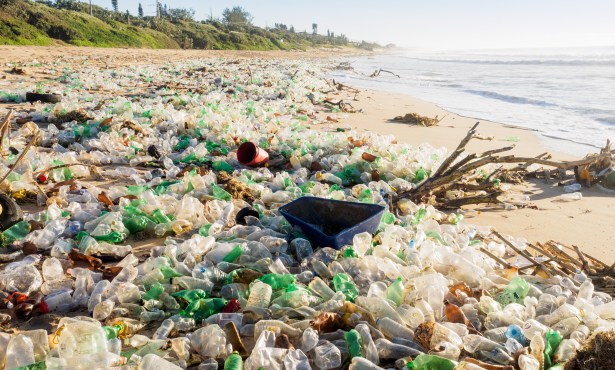Solar Water Heating Needs to Be Part of the Climate Solution
California Was a Solar Thermal Leader; Can It Become Dominant Again?

A big gap in California’s efforts to address climate change is in water heating. In the 1930s, California was a leader in domestic solar hot water systems; but as the availability of fossil fuels increased, together with support from state and federal policies, the solar thermal industry was overwhelmed. In 1973 OPEC’s oil embargo made energy independence a matter of national security worldwide. For some areas without fossil fuel resources, like Europe and Israel, the threat was existential.
The embargo led many countries to incentivize solar water heating. In 1978, President Carter created a 25 percent federal tax credit for such systems, and California created an additional 15 percent tax credit on top of the federal one. By 1990, a million solar thermal systems had been installed in America. Sales were $1 billion annually in 1982 but fell to $30 million by 2000. Why this collapse? Abundant and cheap fossil fuels returned, President Reagan ended the federal incentives, and the industry’s reputation of failure ended public confidence and enthusiasm.
Get the top stories in your inbox by signing up for our daily newsletter, Indy Today.
Policy inconsistencies created a boom-bust cycle, but even more damaging and difficult to surmount were the many shoddy installations that led to leaks and extensive damage. Many of the cheaper systems froze during the unprecedented 1990 freeze in California, again causing expensive repairs. These failures brought training requirement for installers and state approval for only those systems with freeze protection. The industry has never rebounded, even though technical and installation issues have been fully solved. Hawai‘i is the exception among U.S. states. Its 25-year program of incentives and post-installation inspections has made solar thermal ubiquitous in the islands.
Water heating accounts for 25 percent of residential energy use. Solar heaters can easily provide 70 percent of a household’s hot water. Since the ’70s, consistent policies have led to 85 percent of Israel’s homes and apartments getting solar water systems, contrasted to 1 percent in the U.S. For the California consumer, “going solar” means just one thing: solar photovoltaics to generate electricity. Strong government support has yielded big reductions to the cost of PVs, and now in 2020, California has mandated solar PVs on new residences. We need similar policies to promote solar thermal. The lack of demand has kept prices high, $7,000 on average, compared to $700 for a solar thermal system in Israel.
China has been incentivizing solar water heating for the past three decades and now leads the world with 80 percent of all systems worldwide. It is required on most new construction, just as it is in Israel. In these countries, as in Europe and elsewhere, solar water heating is cost competitive with gas and electric water heating. China now has a robust solar thermal export industry. California and the U.S. need to use policy and ingenuity to reclaim leadership in low-carbon water heating. We have done well with photovoltaics, but other options need to be part of the climate solution as well.
Every day, the staff of the Santa Barbara Independent works hard to sort out truth from rumor and keep you informed of what’s happening across the entire Santa Barbara community. Now there’s a way to directly enable these efforts. Support the Independent by making a direct contribution or with a subscription to Indy+.



